Dishes are foods prepared in many ways to be a part of a meal. Dishes across cuisines worldwide are distinguished by local ingredients, preparation methods, and culinary cultures.
Despite distinct origins, many dishes share similarities across borders, underlining how food can connect cultures.
The flavor of dishes, obviously, ranges widely, depending on the ingredients and cooking methods used. In general, sweet, sour, savory (umami), bitter, and salty.
Regarding their preparation, these cooking creations can be easy or complex and time-consuming. In addition, dishes can be named after people, places, or their characteristics.
In the reading, you’ll learn the most popular dishes in the world, dishes arranged based on starting letters, continents, regions, and countries.
I’ll provide some brief characteristics of dishes based on labels, including traditional, national, and street food.
There is broader information about the differences between dishes and food, vegetarian and vegan dishes. Or, if you want to know what common ingredients, cooking methods, and dish types are in the world, I’ll also cover them in the following sections.
Finally, don’t skip exploring dining etiquette and meal presentations worldwide and how to pair dishes with suitable beverages. Now, follow me in exploring the world of dishes, starting with the list of 100 famous delicacies worldwide.
100 Most Popular Dishes Around The World
Here’s a list of the world’s 100 most famous dishes, arranged by popularity. You can filter these dishes based on the countries they’re popular in, course, cooking methods, flavors, and the main ingredients used.
The filter also allows you to identify dishes that are considered national, traditional, or street food, and you can even sort national dishes by specific countries.
Pizza
- National
- Traditional
Pizza is a popular Italian dish with a doughy base, topped with tomato sauce, cheese, and various other ingredients, all baked together. It’s also very famous in America.
Hamburger
- National
- Street Food
- Traditional
Hamburger is a classic American dish consisting of a ground beef patty placed inside a split bun, often accompanied by a variety of toppings like lettuce, tomato, and onions.
Sushi
- National
- Traditional
Sushi is a popular Japanese dish including vinegared rice with various ingredients such as seafood or vegetables.
Tacos
- National
- Street Food
- Traditional
Tacos are a staple in Mexican cuisine. It includes corn or wheat tortillas filled with meats, cheeses, vegetables, and sauces. Tacos are also famous in America.
Pasta
- National
- Traditional
Pasta is an iconic dish in Italian cuisine. Pasta contains noodles made from durum wheat and served with many sauces, from tomato-based to cream-based.
Ramen
- National
- Traditional
Ramen is a Japanese noodle soup dish made from broth, wheat noodles, meat (often pork), and various toppings such as scallions, seaweed, and boiled eggs.
Paella
- National
- Traditional
Paella is a Spanish rice dish originally from Valencia. It typically contains meats like chicken, rabbit, and seafood, all cooked with saffron and vegetables.
Dim Sum
- National
- Traditional
Dim sum is a Chinese meal comprising small plates of dumplings and other snack dishes, traditionally served with tea.
Phở
- National
- Traditional
Pho is a famous Vietnamese noodle soup consisting of broth, rice noodles, herbs, and meat (ideally beef or chicken).
Pad Thai
- National
- Street Food
- Traditional
Pad Thai is a flavorful Thai street food dish made with stir-fried rice noodles, mixed with eggs, tofu, meat, or seafood, and often served with lime wedges and chopped roasted peanuts.
Peking Duck
- National
- Traditional
Peking duck is a classic Chinese dish famous for its thin, crispy skin, served with pancakes, spring onions, cucumber, and sweet bean sauce.
Baguettes
- National
- Traditional
Baguettes are long, thin loaves of French bread known for their crispy crusts and chewy interiors. They are perfect for sandwiches or as a side to many meals.
Croissant
- Traditional
Croissant is a buttery, flaky, viennoiserie pastry of Austrian origin. This pastry is associated with France and is often enjoyed for breakfast.
Dumplings
- National
- Traditional
Dumplings are small pieces of dough, either cooked alone or wrapped around a filling, popular in many world cuisines in various forms.
Kimchi
- National
- Traditional
Kimchi is a traditional Korean side dish of fermented vegetables (usually napa cabbage and Korean radish), seasoned with chili powder, scallions, garlic, ginger, and jeotgal.
Curry
- Traditional
Curry is a variety of dishes from the Indian subcontinent, flavored with a complex combination of spices or herbs. It can come with or without meat.
Curry is not limited to the Indian subcontinent; it’s also eaten in other countries, like Thailand, Vietnam, Japan, Singapore, the Caribbean (like Jamaica), Guyana, and the United Kingdom. Each country adds its own local ingredients and cooking traditions.
Hot Dog
- Street Food
- Traditional
Hot dog is a simple, popular American dish consisting of a grilled or steamed sausage served in a slit bun, often with condiments.
Shawarma
- Traditional
Shawarma is a Middle Eastern meat preparation, where lamb, chicken, turkey, beef, veal, or mixed meats are placed on a spit and grilled.
It’s commonly consumed in Egypt, Lebanon, Jordan, Saudi Arabia, Sudan, Israel, and Syria.
Fish and Chips
- National
- Traditional
Fish and chips is a classic British fast-food dish with deep-fried fish (traditionally cod or haddock) served with chips. In Australia and New Zealand, fish and chips are also common.
Burrito
- Street Food
- Traditional
Burritos are a hearty Mexican dish consisting of a large wheat flour tortilla wrapped around a filling that normally includes beans, rice, cheese, and meat.
Hot Pot
- Traditional
Hot pot is a communal Chinese dish where ingredients like thinly sliced meat, vegetables, and noodles are cooked in a flavorful broth. Hot pot is also famous in other Asian countries, such as Taiwan.
Feijoada
- National
- Traditional
Feijoada is a Brazil stew made with black beans and various salted pork or beef products, traditionally served with rice, collard greens, and orange slices. Feijoada is also a favorite In India, Cape Verde, and Portugal.
Moussaka
- National
- Traditional
Moussaka is a Greek-origin dish made of layered eggplant, potatoes, and ground meat, topped with a creamy béchamel sauce and then baked.
Beyond Greece, moussaka is common in Bulgaria and Lebanon.
Couscous
- National
- Traditional
Couscous is a staple food made from small steamed balls of crushed durum wheat semolina. It’s popular throughout the African cuisines of Morocco, Algeria, Algeria, and Libya.
Beef Stroganoff
- National
- Traditional
Beef stroganoff is a Russian dish of sautéed pieces of beef served in a sauce with smetana (sour cream).
Jerk Chicken
- National
- Street Food
- Traditional
Jerk chicken is a spicy grilled chicken dish from Jamaica, marinated in a hot spice mixture called Jamaican jerk spice, which includes allspice and Scotch bonnet peppers.
Kebab
- Street Food
- Traditional
Kebab is a popular Middle Eastern dish of meat grilled on a skewer. It’s known for its smoky flavor and tender texture.
Kebabs vary based on regions or countries, such as Jordan, Suda, Libya, Iraq, Uzbekistan, and Pakistan.
Empanada
- National
- Street Food
- Traditional
Empanadas are pastries filled with various savory ingredients, such as meat (beef, chicken, or fish), cheese, corn, or vegetables, covered in a dough and baked or fried. Some versions are sweet, depending on where they’re made.
They are widely enjoyed in the Americas, such as South America (Paraguay, Venezuela, Chile, Colombia, Ecuador, and Argentina), Central America (Costa Rica and Panama), the Caribbean (Cuba), and even in Spain, especially in the region of Galicia.
Borscht
- National
- Traditional
Borscht is a soup distinguished by its vibrant red color from beetroot, often served with sour cream. It’s a staple in Eastern European countries, such as Moldova, Ukraine, Belarus, and Russia.
Tagine
- National
- Traditional
Tagine refers to both a North African dish and the earthenware pot it’s cooked in, featuring slow-cooked stews rich with spices and fruit. It is especially famous in Libya.
Tapas
- Traditional
Tapas are small Spanish dishes or appetizers, ranging from olives and cheeses to seafood and meats. They are perfect for sharing.
Lasagna
- Traditional
Lasagna is an Italian dish with layers of pasta sheets alternated with sauces, cheese, and meat or vegetables. All are baked.
Bibimbap
- National
- Traditional
Bibimbap is a Korean rice dish topped with assorted vegetables, meat, an egg, and spicy gochujang sauce, mixed together before eating.
Rendang
- National
- Traditional
Rendang is an Indonesian meat dish slow-cooked in coconut milk and a mixture of lemongrass, garlic, turmeric, ginger, and chilies.
Dolma
- National
- Traditional
Dolma refers to stuffed dishes involving vegetables or leaves filled with rice and meat. It’s common in the Mediterranean, Middle East, and surrounding regions.
Countries where dolma is famous include Azerbaijan, Armenia, Iran, Turkey, Iraq, and Algeria.
Ceviche
- National
- Street Food
- Traditional
Ceviche is a refreshing dish of raw fish cured in citrus juices and spiced with chili peppers, onions, and cilantro.
It’s well-loved in Central American nations (like Belize, Costa Rica, Panama, and El Salvador) and South American countries (Chile, Colombia, Ecuador)
Pierogi
- National
- Street Food
- Traditional
Pierogi are European dumplings filled with savory or sweet fillings like potato, cheese, or fruit, boiled, and then pan-fried. Pierogi is well-loved, especially in Central Europe (particularly Slovakia and Poland).
Goulash
- National
- Traditional
Goulash is a Hungarian stew or soup of meat and vegetables, seasoned with paprika and other spices, known for its warmth and heartiness.
In Ukraine:
Baozi
- Street Food
- Traditional
Baozi are Chinese steamed buns filled with savory or sweet ingredients. They are soft and fluffy.
Bánh Mì
- National
- Street Food
- Traditional
Bánh mì is a Vietnamese sandwich that combines a crispy baguette with savory ingredients like pork, pâté, pickled vegetables, and cilantro.
Waffles
- Traditional
Waffle is a dish made from leavened batter or dough cooked between two plates that are patterned to give a characteristic size, shape, and surface impression. They are common in European cuisines, especially in Belgium.
Sauerbraten
- National
- Traditional
Sauerbraten is a German pot roast, often prepared with beef and marinated in a mixture of vinegar, water, and spices before slow cooking.
Poutine
- National
- Traditional
Poutine is a Canadian dish that includes french fries topped with cheese curds and smothered in gravy.
Meat Pie
- National
- Street Food
- Traditional
Meat pie is a pie filled with meat and often other ingredients. It’s known for its flaky pastry crust. In Oceania (especially Australia and New Zealand), meat pie is a well-loved treat.
Arepa
- National
- Street Food
- Traditional
Arepas are cornmeal cakes grilled or fried, filled with various ingredients like cheese, meats, or avocados. They are famous in South American countries, like Venezuela and Colombia.
Chicken Tikka Masala
- National
- Traditional
Chicken tikka masala is a beloved dish featuring roasted chicken tikka chunks in a spicy sauce. It’s inspired by Indian cuisine. The dish is popular in the United Kingdom, especially in Scotland and England.
Nasi Goreng
- National
- Traditional
Nasi goreng is an Indonesian fried rice dish, spiced with kecap manis (sweet soy sauce) and typically topped with egg, chicken, or prawns. This rice dish is also popular in Malaysia.
Baklava
- National
- Traditional
Baklava is a sweet pastry made of layers of filo filled with chopped nuts and sweetened with syrup or honey.
It’s a staple in Middle Eastern and Mediterranean cuisines, such as Egypt, Lebanon, Saudi, Arabia, Armenia, Turkey, Montenegro, North Macedonia, Bulgaria, Tunisia, Albania, and Greece.
Ratatouille
- Traditional
Ratatouille is a French stewed vegetable dish, originating from Nice. It’s made by simmering many summer vegetables such as eggplant, zucchini, bell peppers, tomatoes, and onions, often flavored with thyme, basil, and garlic.
It’s often served as a side dish or filling. Ratatouille is also eaten in the Mediterranean.
Gazpacho
- Traditional
Gazpacho is a Spanish cold soup made from raw, blended vegetables. It’s a refreshing dish for hot summer months.
List of Dishes by Continent, Region, Country
Below is a selection of dishes from different countries. You can apply the filter to explore some of the top cuisines and their finest dishes globally, or organize the dishes by country, region, or continent. Additionally, feel free to utilize the search bar to discover dishes from any specific country.
Each country also has several delights in different categories, which are discussed in the next section.
Dishes Based on Labels
The labels provide general categories to identify dishes based on their culinary characteristics. These labels include:
National dishes represent a country’s identity and culinary symbols, often considered a part of national heritage.
Traditional dishes focus on recipes passed down through generations, reflecting the heritage and culture of a region or a whole country.
Street food offerings celebrate street vendors’ casual and often affordable food.
Have you noticed that the terms “dish” and “food” are used interchangeably? So let me tell you how to differentiate them in the next section.”
What Are the Differences Between Food and Dish?
Overall, all dishes are food, but not all food qualifies as a dish. Below is the table showing the distinction of dish and food.
Food
Dish
Next, let’s see the distinction between vegetarian and vegan dishes.
What Are the Differences Between Vegetarian and Vegan Dishes?
Nowadays, people increasingly choose vegetarian or vegan dishes for different reasons, such as health benefits, environmental concerns, or ethical reasons. If you are still confused about the key differences between these diets, check the table below for the answers.
Vegetarian Dishes
Vegan Dishes
Next, besides components for vegetarian and vegan dishes, I’ll give you a bigger picture about them in the whole world.
What Are Common Ingredients in Dishes?
Below are several key ingredients used in dishes around the world. They are grouped into six big categories.
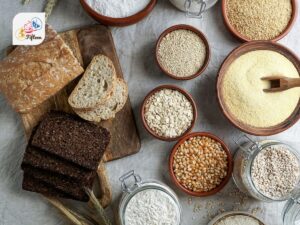
Grains
Rice, wheat (including flour and pasta), corn, and quinoa.
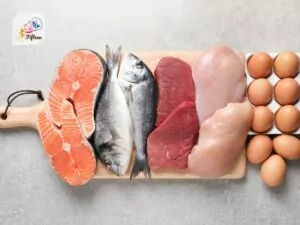
Proteins
Chicken, beef, pork, fish, legumes (like beans and lentils), and tofu are essential in many cuisines.
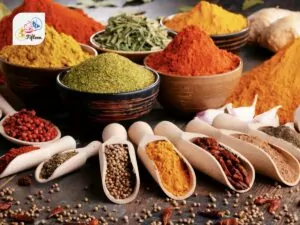
Spices and Herbs
Salt, pepper, cumin, basil, and cilantro are prominent.

Dairy Products
Cheese, milk, and yogurt are usually used for flavor and texture in numerous cuisines.
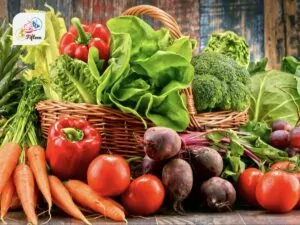
Vegetables
Tomatoes, onions, garlic, leafy greens (spinach, kale), and bell peppers are common veggies used across the planet.
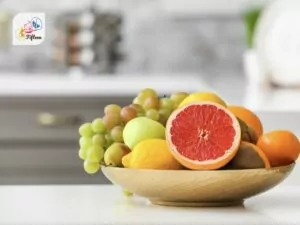
Fruits
Avocados, lemons, limes, apples, bananas, mangoes, and coconuts are some widely-used fruits.
People need to cook these types of components and prepare specific delights based on recipes. So what cooking techniques do people usually utilize? You’ll find the answer in the next section.
What Are Common Cooking Methods For Preparing Dishes?
Common cooking methods used worldwide include:

Boiling
It involves cooking food in water or broth at high temperatures, making it soft and tender.

Steaming
It uses vapor from boiling water to cook food, preserving its nutrients and flavor.

Frying
Deep-frying and pan-frying are two common types, which cook food in hot oil, resulting in a crispy dish.
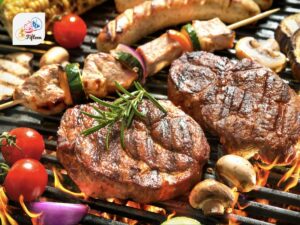
Grilling
It cooks food over direct heat, creating a charred flavor.

Baking
Baking uses dry heat in an oven to cook food evenly, ideal for bread, pastries, and casseroles.

Roasting
It also uses an oven’s dry heat but typically at higher temperatures to brown and crisp the exterior of foods.
Next, follow me to find out some common types of dishes across the globe.
What Are Popular Dish Types Worldwide?
Globally, dish types reflect the diverse cooking traditions and preferences across different cultures. Below are some popular dish types worldwide and their key characteristics.
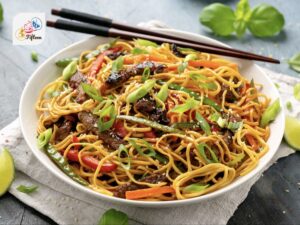
Noodle Dishes
They can vary greatly across different cultures. Noodles come in various shapes; they can be long, short, thin, or thick strands. They can be made from wheat, rice, or other grains. Noodles dishes can be served in a broth (as in noodle soups) or tossed with sauce, meat, and vegetables (as in dry noodle dishes).
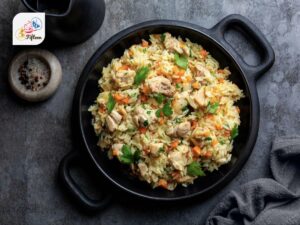
Rice Dishes
They can include everything from simple steamed rice served as a side dish to complex recipes like paella or biryani, where rice is cooked with a variety of spices, meats, vegetables, or seafood. Rice dishes showcase available ingredients of their regions of origin and local cuisines.
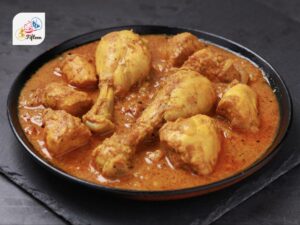
Curries
They include many dishes featuring meat, seafood, or vegetables cooked in a sauce of spices and herbs. The spice blend and consistency of the sauce can vary widely, from the coconut milk-based curries of Thailand to the rich, tomato and cream-based gravies of India.
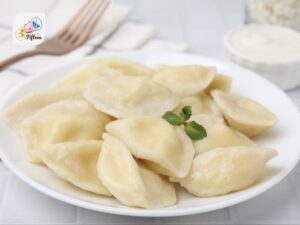
Dumplings
Dumplings consist of pieces of dough, made from various flours, wrapped around a filling or incorporated as part of the dough itself. Fillings can include meat, seafood, vegetables, or sweets. Dumplings can be boiled, steamed, or fried and are found in many cuisines.
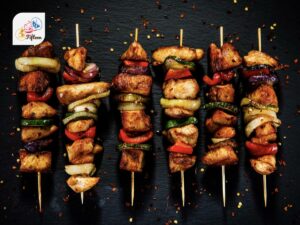
Grilled and Barbecued Dishes
These dishes involve cooking food over direct heat, resulting in a smoky flavor. These dishes are often enjoyed with sauces and side dishes.

Sandwiches
Sandwiches contain bread (or a bread-like base), meat, cheese, vegetables, and condiments. They range from simple cold cuts between slices of bread to complex ones, like the Vietnamese Bánh mì or the American hamburger.
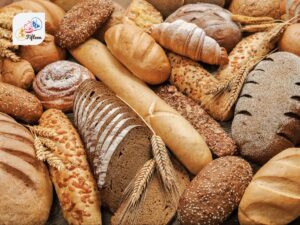
Bread and Doughs
This category encompasses a vast array of baked or fried goods made from dough, including bread, pastries, pizzas, and more. The ingredients, techniques, and final products vary widely.
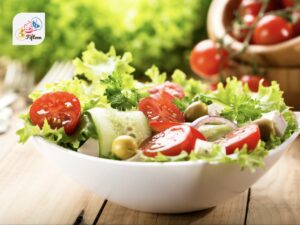
Salads
They typically consist of mixed vegetables, though they can also include grains, beans, and proteins. Salads can be served cold or at room temperature. Many recipes are served with dressings.

Desserts
They are sweet dishes in many styles, from cakes and cookies to puddings and ice creams. They can be rich and decadent or light and refreshing, often serving as the final course of a meal.
Next, let’s enhance your knowledge of global eating etiquette and the artistry of meal presentations.
How Are Eating Etiquette and Meal Presentations Around The World?
Here is a brief overview of meal customs and presentations around the planet, especially on five main continents.
Besides these eating etiquettes, choosing the appropriate beverages is another important consideration.
What Tips To Pair Dishes with Beverages?
Dishes and beverages are inseparable in cuisine. They reflect a country’s culinary traditions and cultures and enhance the flavors of the overall meals. That’s why choosing the right drinks to complement your delights is crucial. Below are some tricks to do that.
In conclusion, I hope the insights shared here have broadened your perspective on dishes in many cuisines around the world.
If you’ve enjoyed this journey, please don’t hesitate to like or share. For more details, you can drop some comments below. Thank you.


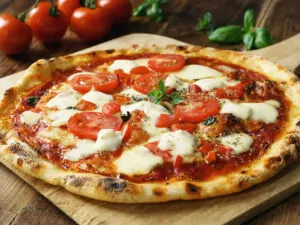
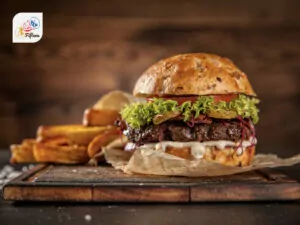

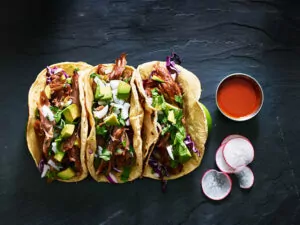
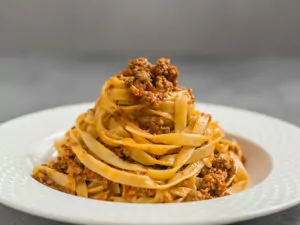
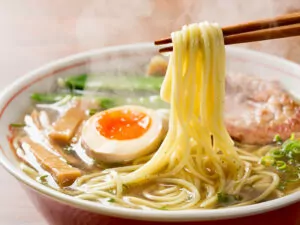
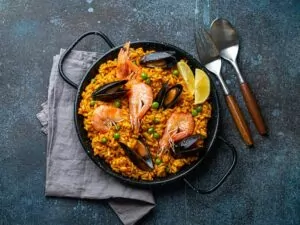
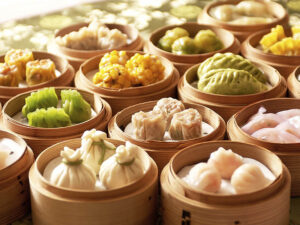
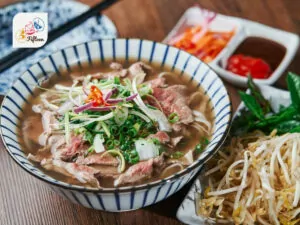
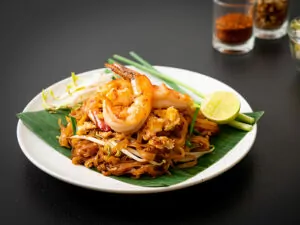
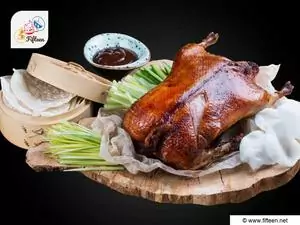


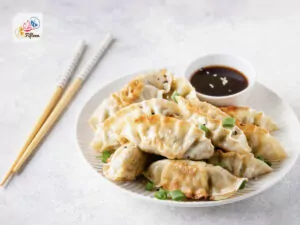
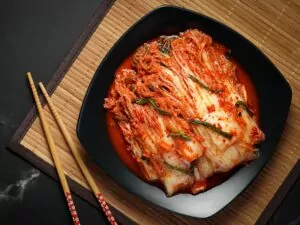
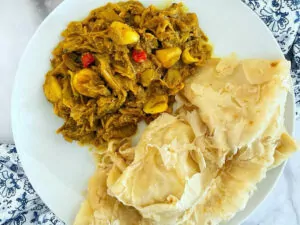

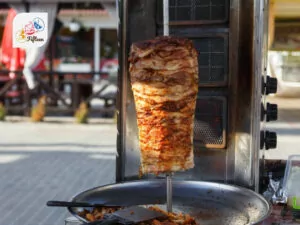
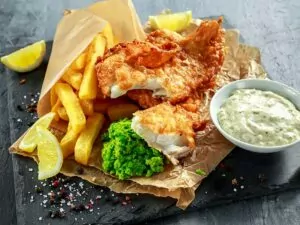
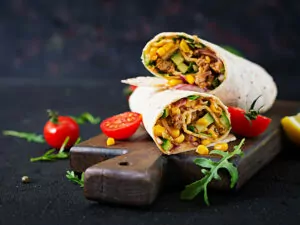
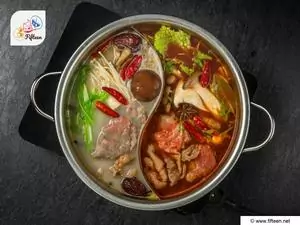
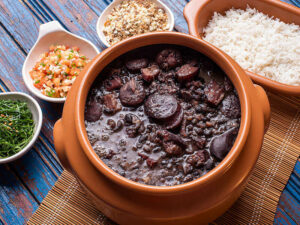

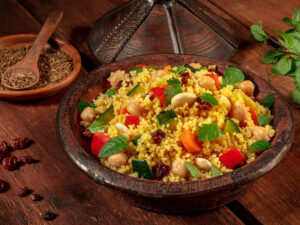
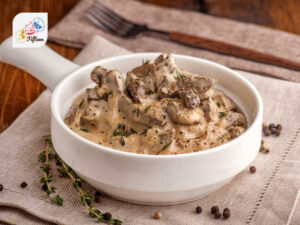
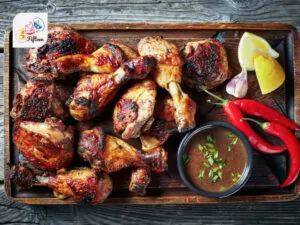
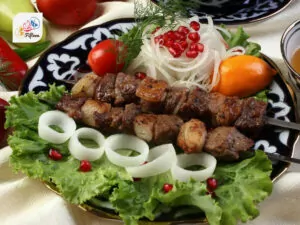
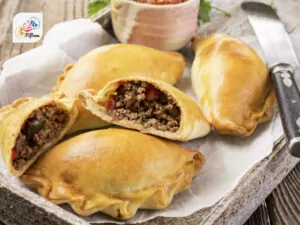
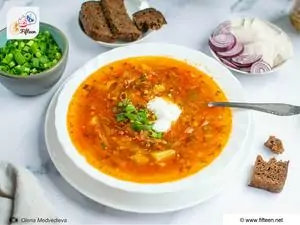
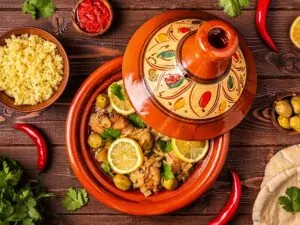
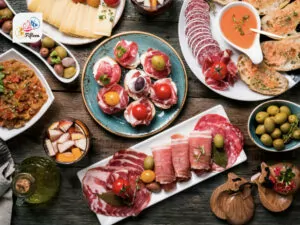
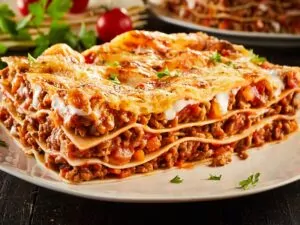
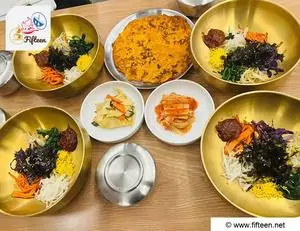
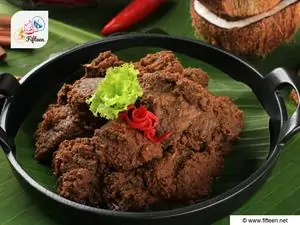
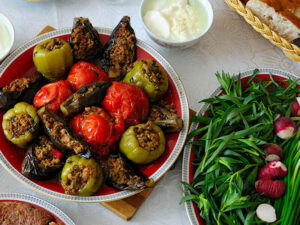
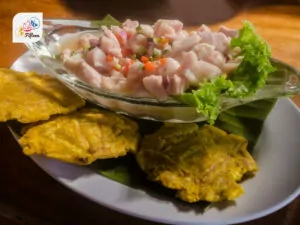
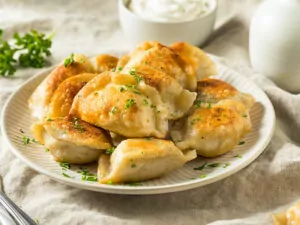
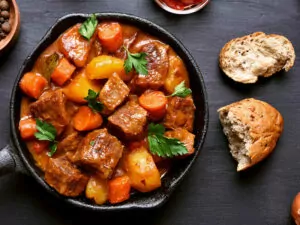
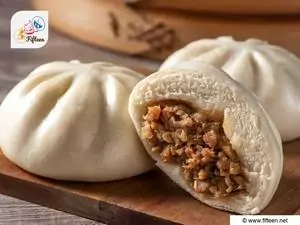
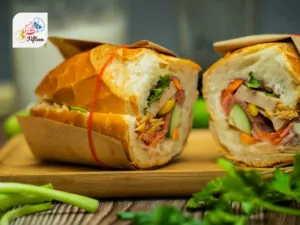

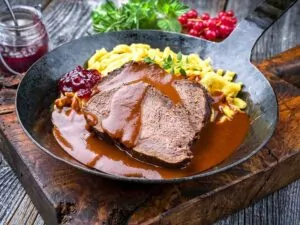
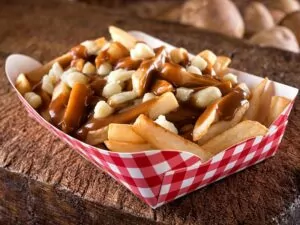
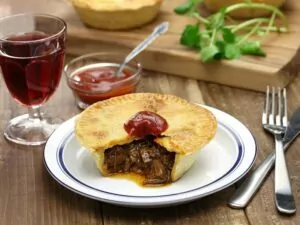
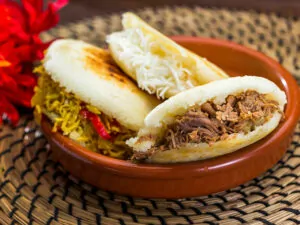
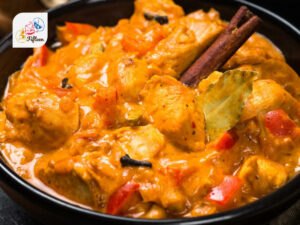
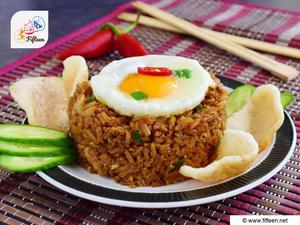

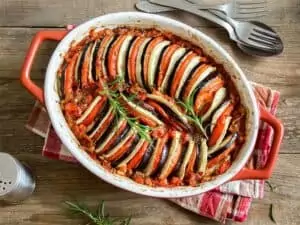
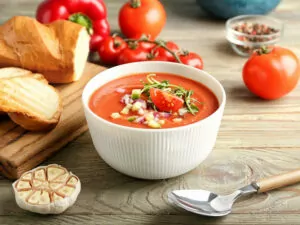
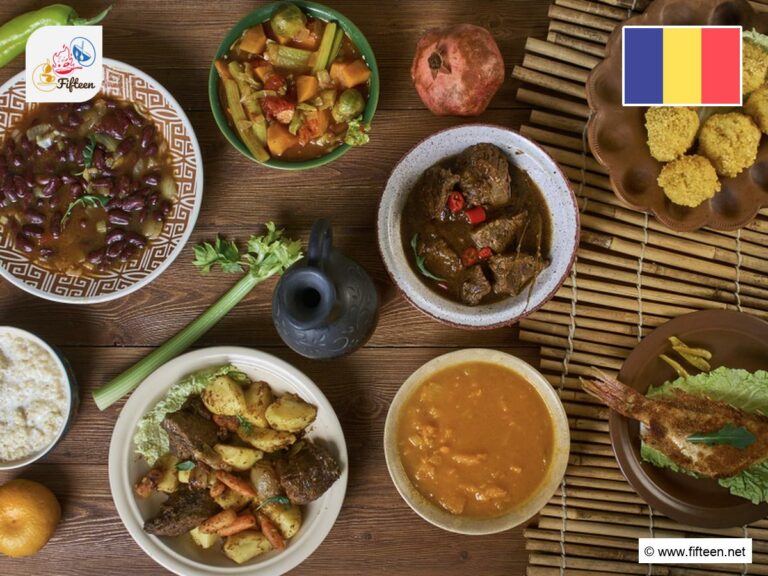
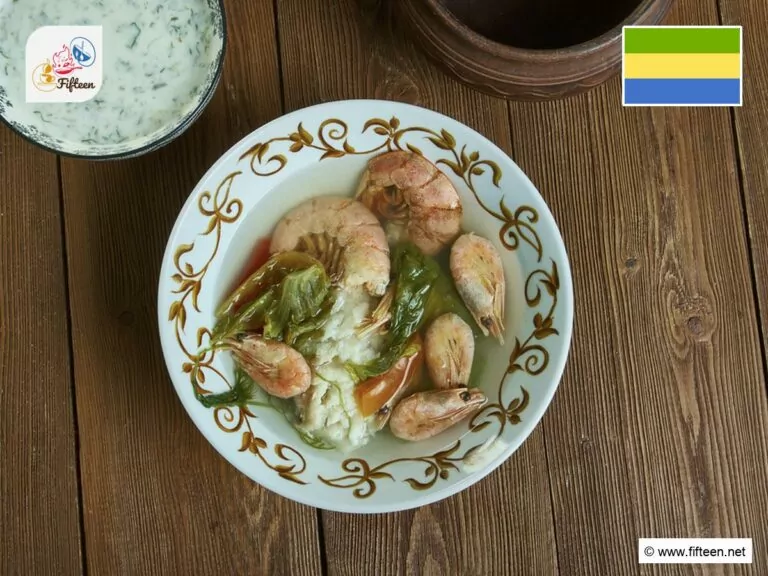
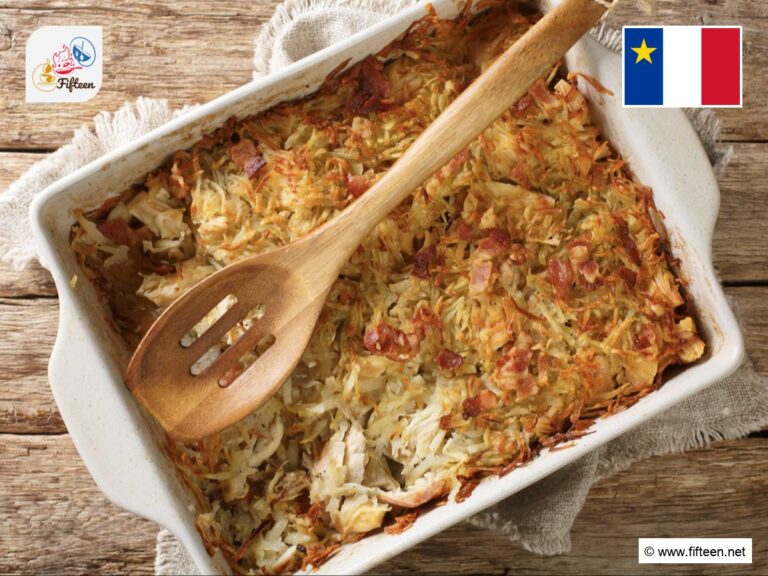
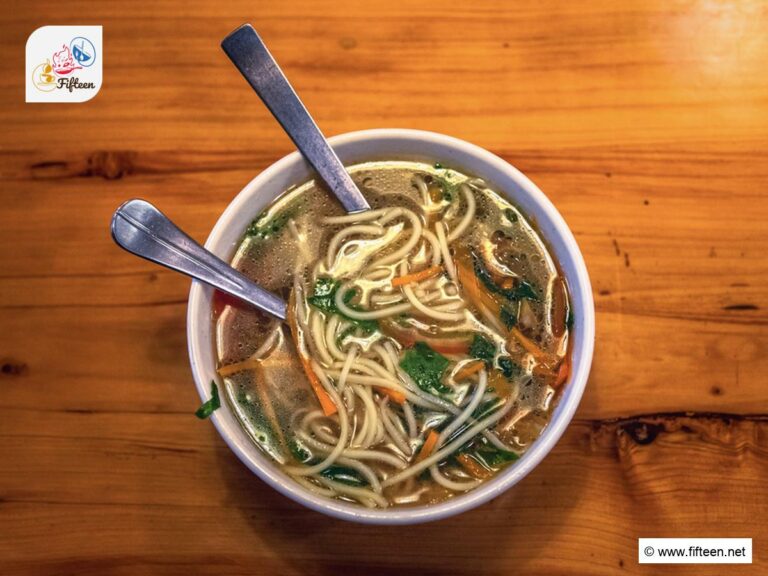
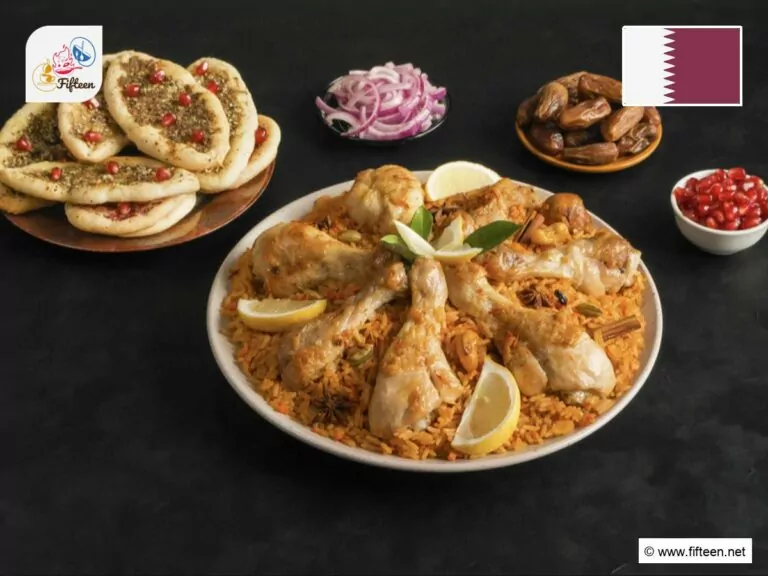
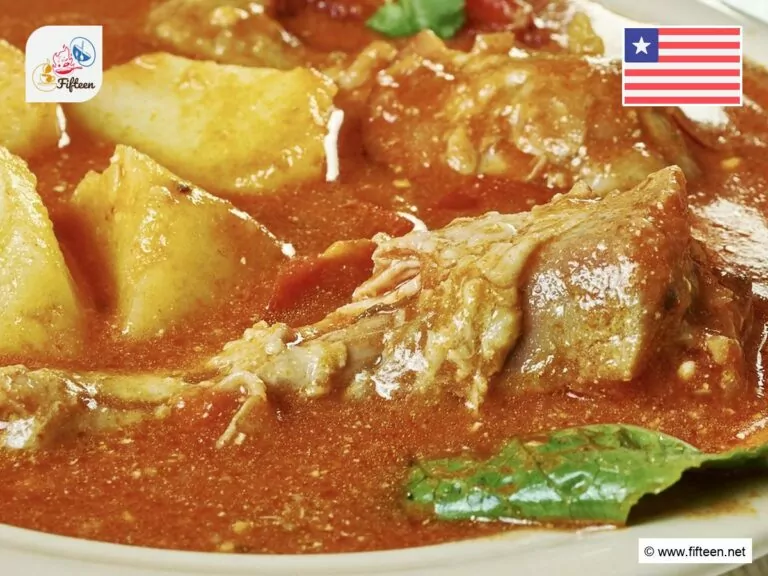
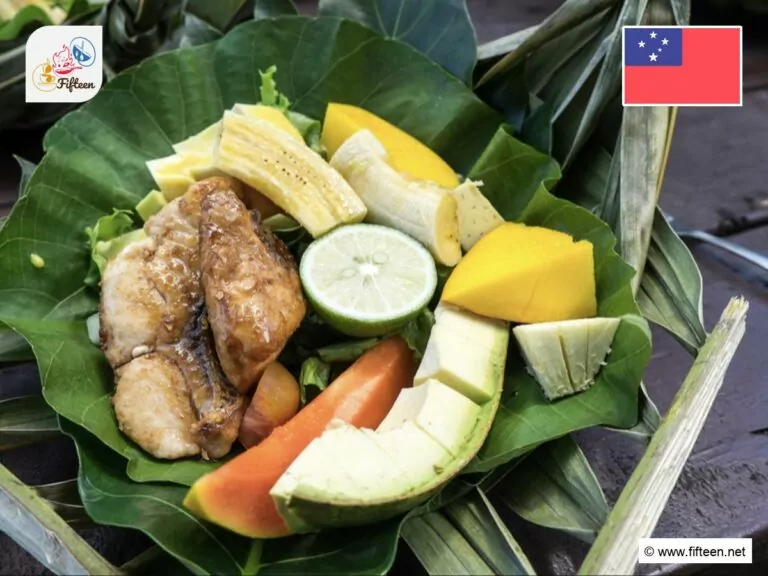
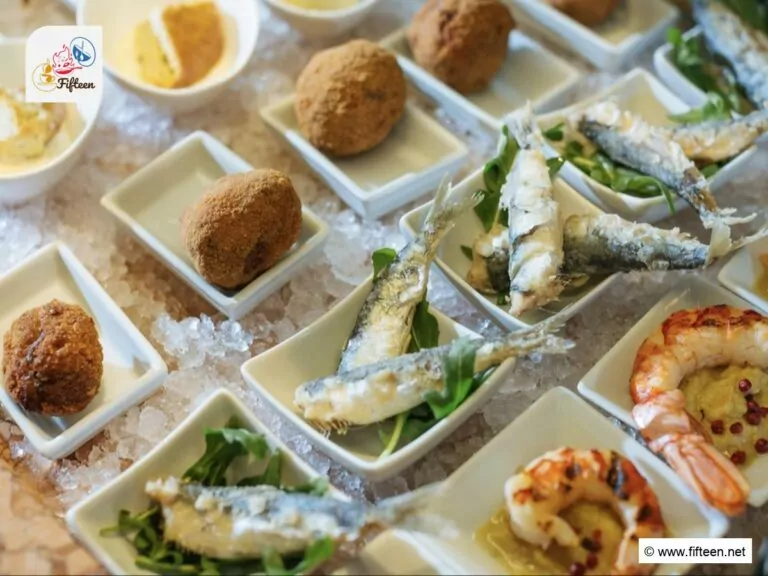
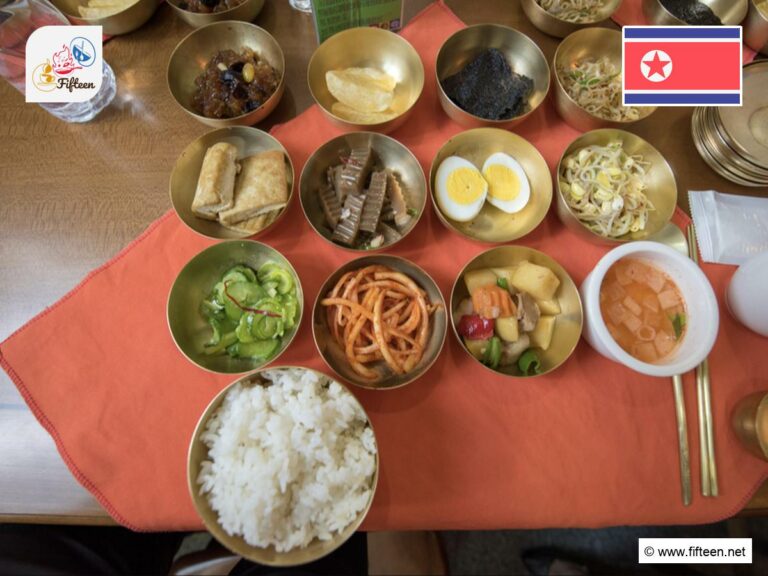
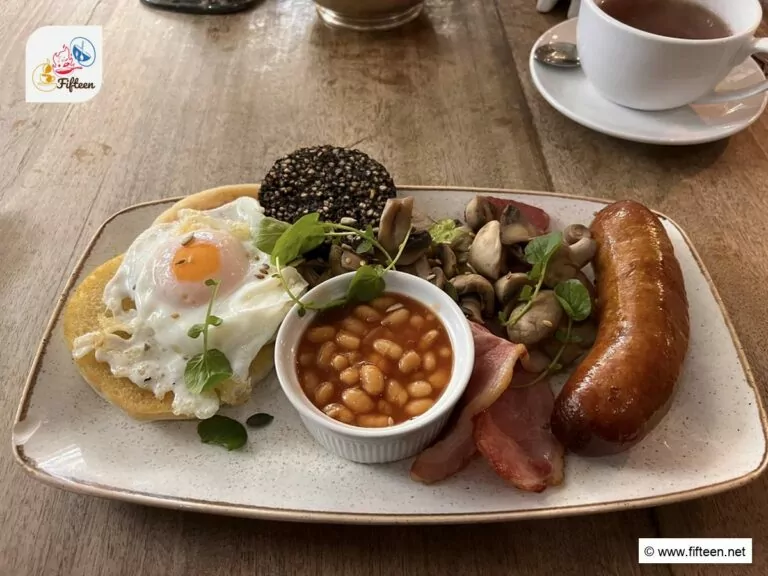
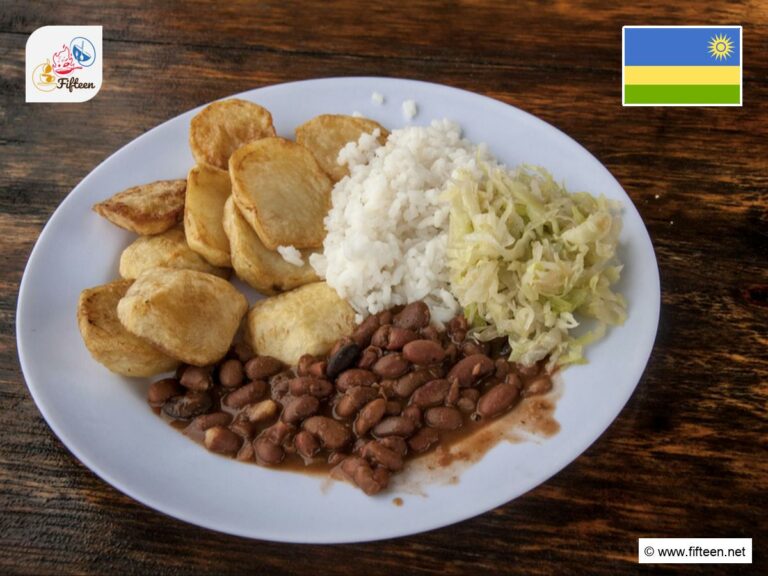
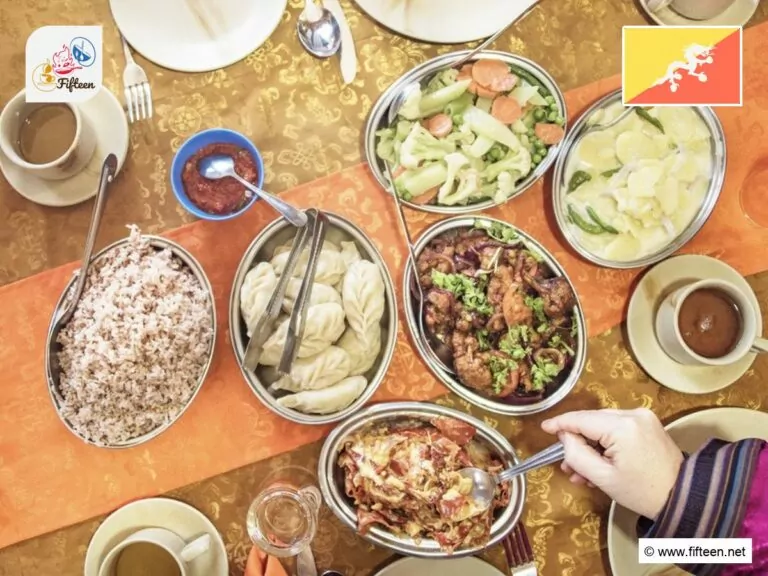
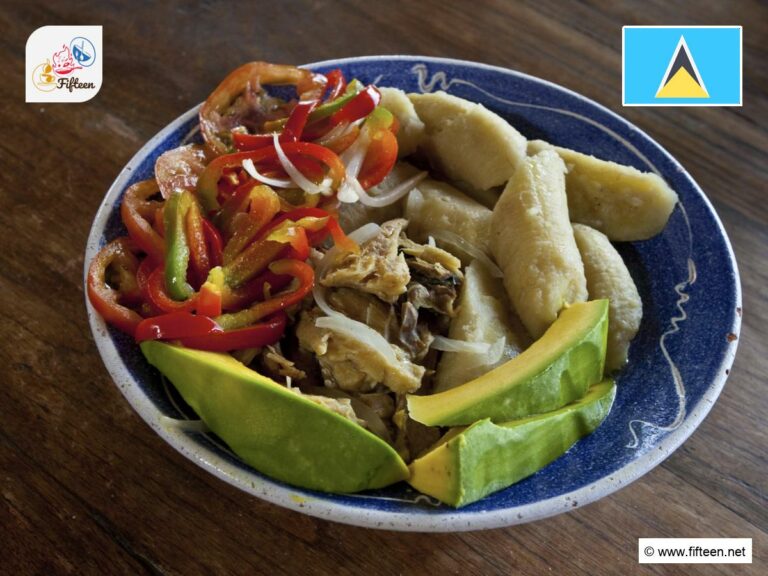
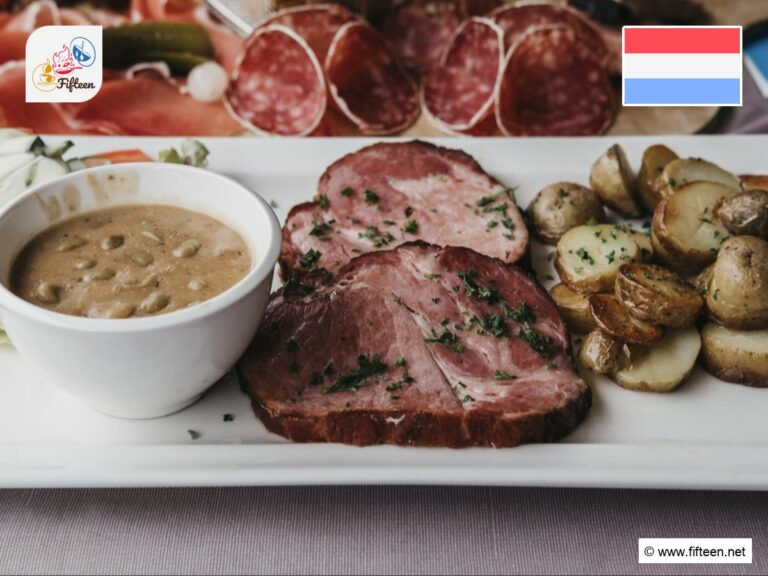
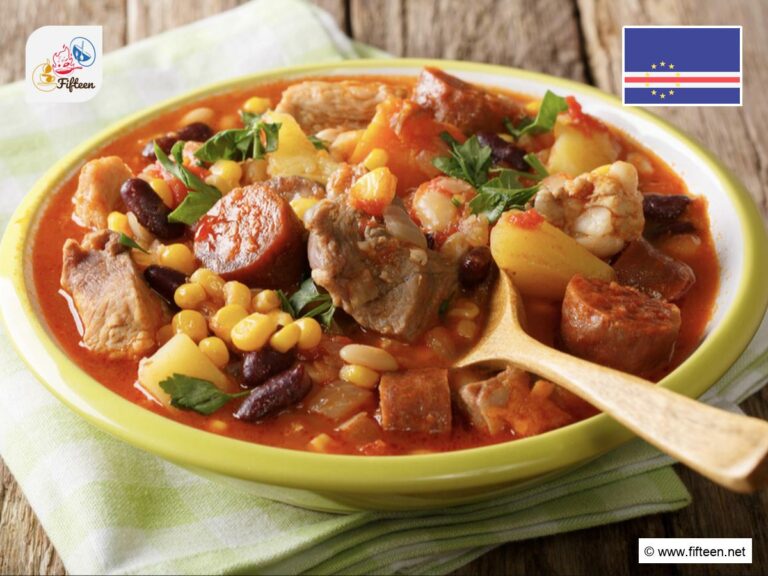
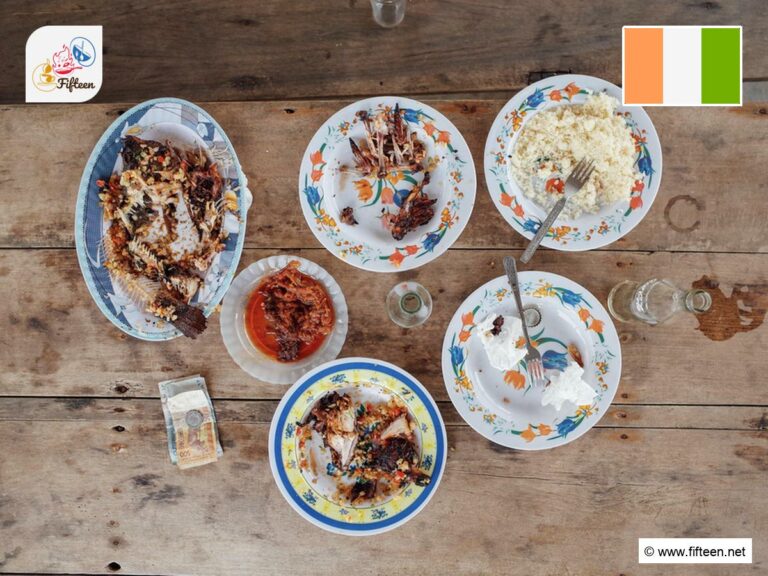
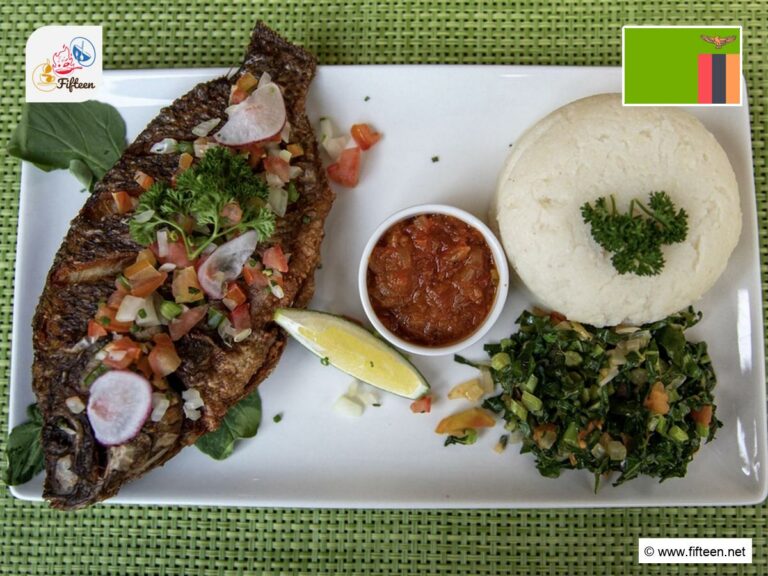
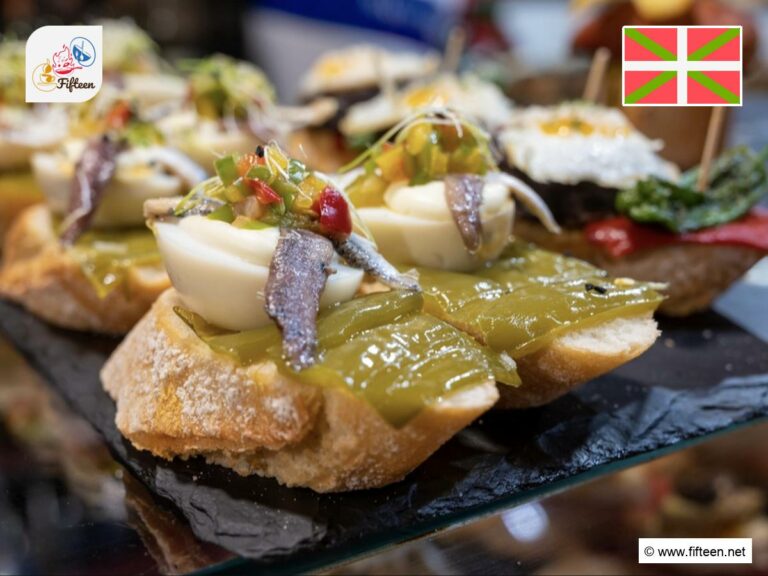
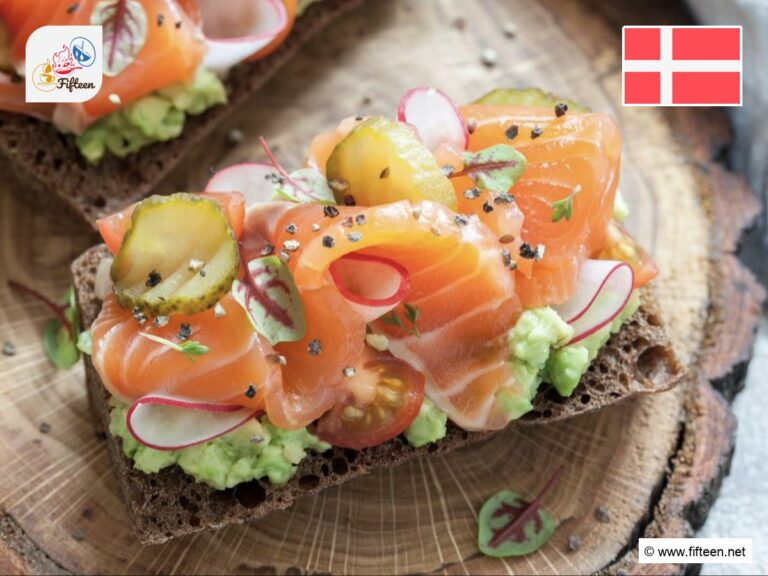
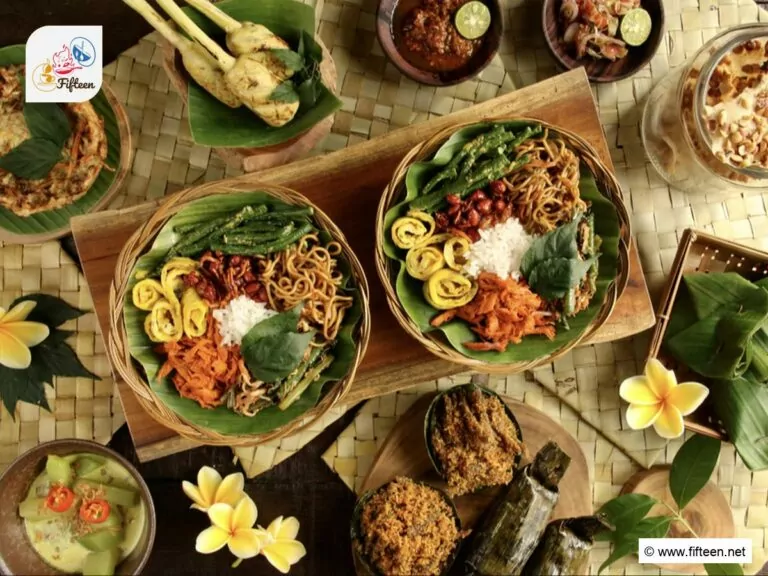
Jamie Scott
Editor in Chief, Senior Content Writer
Expertise
Home Cooking, Meal Planning, Recipe Development, Baking and Pastry, Food Editor, Cooking-video Maker, Western Food Evaluation Expert
Education
Le Cordon Bleu College of Culinary Arts
Local Community College, New York, NY
Jamie Scott is a skilled culinary expert and content creator specializing in Western cuisine. With over 15 years in the culinary field and formal training from Le Cordon Bleu, Paris, Jamie deeply understands how to blend nutrition with delicious flavors. His passion for cooking matches his commitment to making healthy eating accessible and enjoyable.
On Fifteen.net, Jamie brings a fresh perspective to classic dishes and beverages, offering readers insightful recipes, cooking tips, and a fresh view on meal planning that emphasizes taste, health, and simplicity.